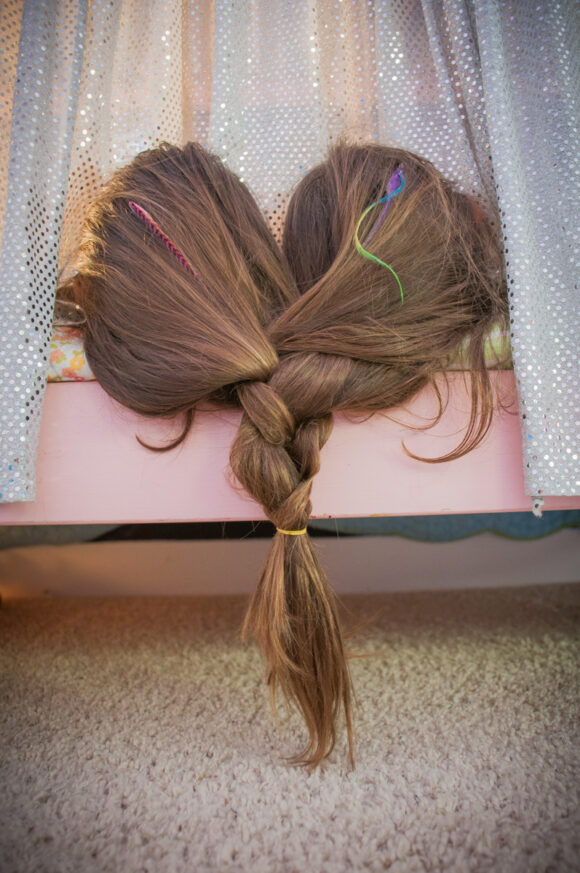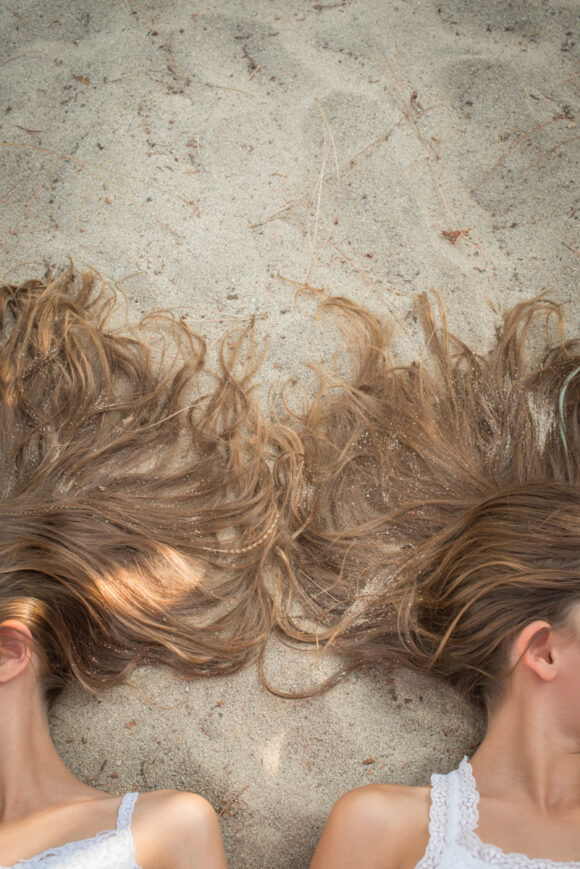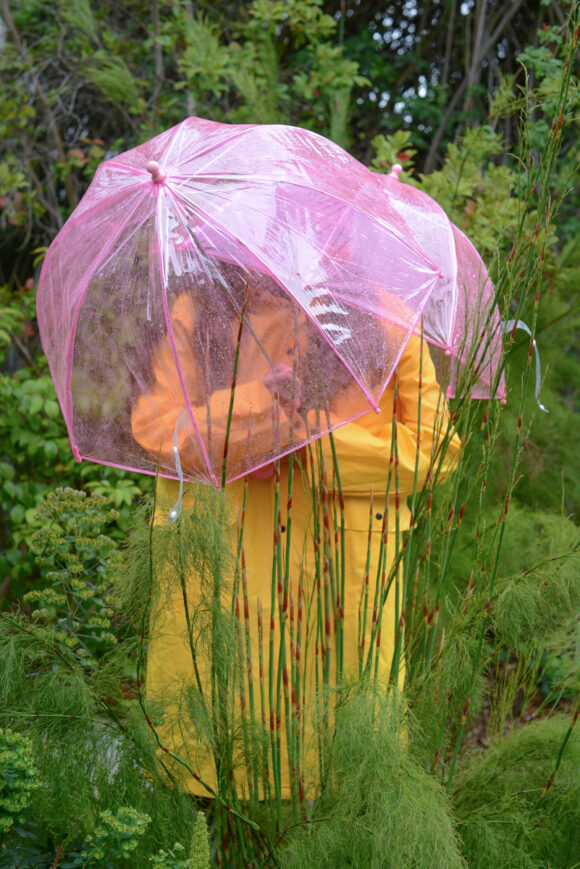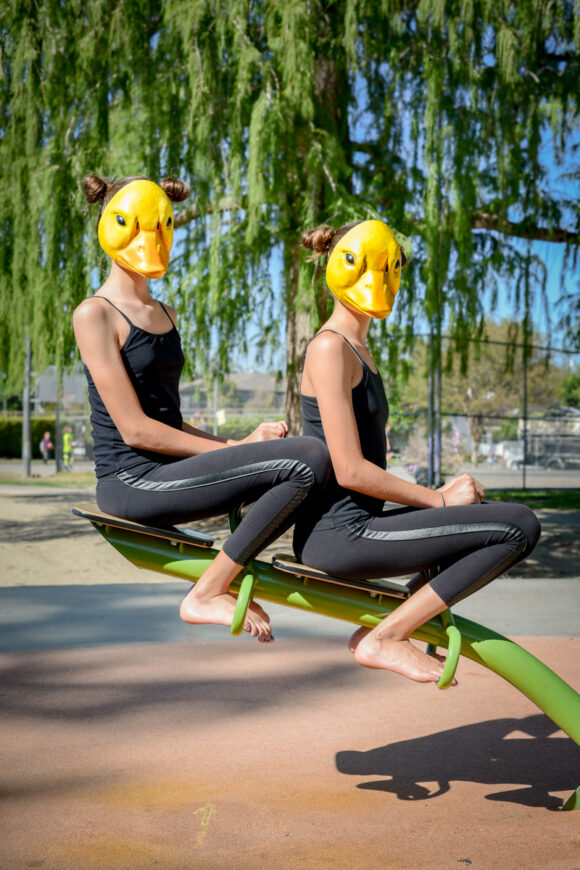In 2012, the American photographer Susan Swihart began a long-term project, “About Face”, as she started photographing her twin daughters, who were eight years old at the time. Today, they’re 13. Without ever showing their faces, Swihart reveals their similarities and differences. She reflects on this poetic and intimate project for Fisheye.
Fisheye: How did you have the idea of photographing your two twins? What is the history behind this series, “About Face”?
Susan Swihart: When they were smaller, people had trouble telling them apart. When you go through life looking like another person, and you’re always with that person, you’re welded to them so strongly that others see you as a single entity. People didn’t always take the time to see what differentiated my daughters—unlike me. And it was difficult for them. Through this work I wanted to show the extent to which they were identical, different, unique and magnificent, all at the same time.
Can you explain why you chose the title, “About Face”?
The title explains my approach. I wanted to emphasise their connections and their similarities as much as their differences. Photographing their faces was the most obvious way of doing this, and the approach adopted by most people who take photos of twins. My objective was to highlight the link between my daughters without showing their faces—to show the resemblance is not only in their facial features.


“I wanted to emphasise their connections and similarities
as much as their differences”
How has your approach to photography evolved since you’ve become a mother?
I was never really a photographer before having my children. It was only when I felt like I had something to say—in relation to my life as a wife and a mother—that I really started creating images. My work explores the things that are close to my heart now that I have this new role and I’ve become responsible for these other people. My other explorations? The idea we have of ourselves, of who I am in this world, and of course my family, because they’re everything to me. There are the deep, underlying memories I try to discover and which also teach me who I am. And, finally, my connection with others is essential to my photography, because I’m the least satisfied when I feel disconnected.
What did you learn about your twin daughters when you were taking photos of them?
I don’t know if I really discovered something new in photographing them. On the other hand, sometimes I was surprised by the photos: seeing as I generally don’t show their faces, there are photos where it’s sometimes difficult for me to instantly say who is who.
Did your daughters easily allow themselves to be photographed over the five years?
It became harder to photograph my daughters as they began to enter adolescence. They wanted less and less to be in front of the camera. But they were still delighted when the project was being shown and recognised.
How did you organise yourselves during the shoots?
They were real collaborators in the production of this series. It was an opportunity for us to talk about what was happening in their lives. And the ideas for the next shoots came out of those discussions: places, staging, etc. They’re used to my frequent requests now.
Is this a long-term project? How is the series likely to evolve?
Yes, definitely. I’ve photographed them since they were eight; today, they’re 13. I’d like to keep taking photos of them for as long as possible.
Can you describe this series in three words?
Connection, identity, family.




Images by © Susan Swihart







